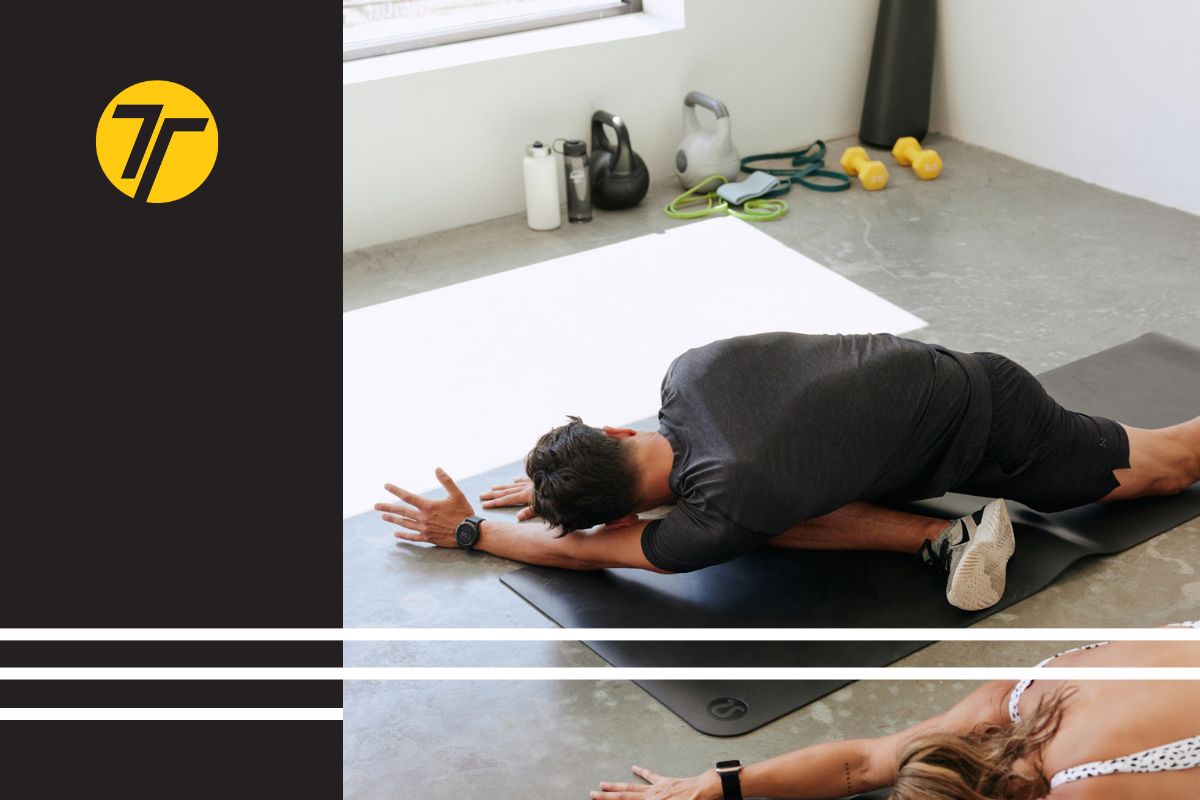
Hey there, trainer! As you already know, creating the ultimate client workout program requires a blend of science, personalization, and effective communication.
Whether you’re a seasoned personal trainer or just starting out your career, following these 7 steps will help you build programs that deliver results and keep clients coming back for more!
#1: Understanding client goals
The first step in designing a workout program is understanding your client’s goals. Are they looking to lose weight, build muscle, improve endurance, or enhance overall fitness? Each goal requires a different approach.
- Weight loss: Focus on calorie-burning exercises, HIIT, and a mix of cardio and strength training.
- Muscle building: Prioritize resistance training with progressive overload.
- Endurance: Include long-duration cardio sessions and stamina-building activities.
- General fitness: Combine elements of strength, cardio, flexibility, and balance.
#2: Conducting a fitness assessment
Now that you know what goals your clients are aiming for, it’s time to assess their current fitness levels.
During this assessment, you should assess strength, flexibility, endurance, and thier cardiovascular health. It’s also important to check for any existing medical conditions or injuries that could affect training.
Check Out: How to Become an Online Personal Trainer
Depending on the client’s goal, you may also want to complete a body composition analysis, and measure body fat percentage, BMI, and muscle mass.
Now that you know their goals and their current fitness levels, it’s time to start building the program!
#3: Designing the program structure
A well-structured program includes various phases, each targeting different aspects of fitness. Ensure you consider these phases when building each client program.
- Warm-up: Begin with a dynamic warm-up to prepare the body for exercise and prevent injuries.
- Main workout: Focus on the core exercises that align with the client’s goals.
– For strength: Squats, deadlifts, bench presses, and rows.
– For endurance: Running, cycling, and circuit training. - Cool down: Incorporate stretching and flexibility exercises to aid recovery.
#4: Periodization, progression and variety
To avoid plateaus and keep clients engaged it’s important you implement periodization in your programs.
This involves:
- Microcycles: Weekly or bi-weekly variations in workout intensity and volume.
- Mesocycles: Monthly phases with specific goals (e.g., hypertrophy, strength, power).
- Macrocycles: Long-term planning, often covering six months to a year.
Check Out: 7 Key Performance Indicators (KPIs) to Track as a Personal Trainer
Meanwhile, variety is key to preventing boredom and ensuring balanced development. To sprinkle some fun into working out, include:
- Different exercise modalities: Mix free weights, machines, bodyweight exercises, and resistance bands.
- Cross-training: Encourage activities outside the gym like swimming, hiking, or sports.
- Recovery workouts: Integrate low-intensity sessions like yoga or light cardio to promote recovery.
Check Out: Nutrition for Rehab and Injury Prevention
#5: Tracking progress
Regularly track and review your client’s progress to adjust the program as needed. Use:
- Fitness apps and wearables: Monitor workouts, steps, heart rate, and more.
- Progress photos and measurements: Document physical changes over time.
- Performance metrics: Record improvements in strength, endurance, and flexibility.
The better you track progress, the easier it is to make modifications and spot areas for improvement. This, in turn, makes for a more efficient workout and faster results – the best way to keep a client coming back for more!
#6: Nutrition and recovery
You know what they say, you can’t out train a bad diet! That’s why the ultimate client workout program should feature sound nutrition advice and recovery strategies.
- Balanced diet: Tailor dietary recommendations to support the client’s fitness goals.
- Hydration: Emphasize the importance of staying hydrated, especially during intense workouts.
- Sleep and rest: Highlight the role of sleep and rest days in muscle recovery and overall well-being.
#7: Communication and support
Effective communication between trainer and client forms the foundation of every successful training relationship.
Not only does clear and consistent communication ensure that the trainer fully understands the client’s goals, preferences, and limitations, it also helps in setting realistic expectations, providing motivation, and offering timely feedback.
Check Out: The Ultimate Guide to Client Engagement
All of these things contribute to client progress and satisfaction – helping to foster trust, accountability and encouraging clients to stay committed long term.
Here are some simple, but effective ways to communicate with and support your clients:
- Regular check-Ins: Schedule weekly or bi-weekly sessions to discuss progress and challenges.
- Motivational tools: Use positive reinforcement, goal setting, and progress tracking to keep clients motivated.
- Educational resources: Share articles, videos, and tips on fitness, nutrition, and wellness.
Take Your Personal Training to the Next Level with ABC Trainerize
Just as you’ll be there to help your clients reach their fitness goals, ABC Trainerize will be here to support your business goals.
Trainers who power their coaching with ABC Trainerize can deliver a customized coaching experience for their clients – wherever, whenever, and however they train.
With seamless communication methods, secure payment options, progress tracking tools and a massive library of workout videos, it’s everything you need to take your fitness business to the highest level.
Join the 400,000+ fitness pros using ABC Trainerize, by starting a free 30-day trial today!

